Spring Blooms Walk at Colchester Pond with WVPD (Winooski Valley Park District).
We embraced spring, looking for
plants awakening from winter, and discussed the impact of invasive plant
species on our native plant communities.
The walk around the pond is about a
3.5 mile moderate walk through mostly woods.
We were guaranteed to see flowers. Just look down our guide instructed!
 |
| Please stay on the trail |
 |
| But I wanna go for a swim. |
These boots were made for walking and thats just what I'm going to do.
Thank You, Thank You, Thank You
 |
Lauren tells us about the Shadbark Hickory.
|
Dad, I am looking - I have eyes on the side of my head - don't ya know.

Lauren points out the purple ribbon indicating this is an Ash tree.
She also spoke to us about the approaching Emerald Ash borer beetle.Thank You, Thank You, Thank You
Nature is A W E - S O M E
 |
| Tyrannosaurus Rex? |
Enjoy the Ash trees while you can. The next generation may not be so fortunate to have them. *(due to pending destruction by the invasive Emerald Ash Borer)
Kids, this is what happens to a tree when it does not brush its teeth.
Hills? Hills dad. You didn't tell me there would be hills.
One of the many wonderful showings of the Ash tree.
 |
| Practicing tree climbing- in case we see a bear |
Thank You Mr. & Mrs. Wright. A precious gift for this generation and many to come.
Is it a boulder or a turtle?
 |
| Yup, you guessed it - "Hanging by a limb" |
Nature invented Art
Friends for Life
Cookie Break
Looking in the mirror.
Secret passage-way
 |
| Do you get the sense we are being watched? |
Lauren advises, that the hair like features of some plants may help the plant to gather and retain moisture.
Round-lobed Hepatica. The pale lavender flowers of the Round-lobed Hepatica first appear in April. Yet, their three-lobbed , basal leaves are able to subsist throughout winter.(Bravo for this particular plant for surviving this last v.cold winter. ~Bernie) Each flower has five to nine petals that surround numerous white stamens. The Hepatica grows in shaded woods and calcium-rich soils. ~WVPD Guide to Common Spring Wildflowers.
Nature's cork screw. Can you imagine how big the bottle of wine is?
Puzzle Path
Skinful
Tea Berry- Bubble gum anyone?
Trout Lily. The Trout Lily gets its name from the spotted leaves that grow at the base of the plant resembling trout bellies. ~WVPD Guide Common Spring Flowers.
Man, dogs best friend
PRICELESS
Happy Birthday to you, Happy birthday to you,
how old are you, how old are you; lets count the rings.
Dear me, we are not alone.
OK, who has the compass?
The longer the middle reddish brown section the longer the winter is going to be.
What do you see (here)?
Colchester Pond
Location: Colchester
and Essex
This park is an exciting spot to visit year
round. In early spring you’ll find yellow Dutchmen’s britches and purple trout
lily along the 2 ½ mile trail that encircles the Pond. In the winter, the Pond
is a popular spot for ice fishing.
This natural area has been designated an
Important Birding Area (IBA) by the Lake Champlain Birding Trail organization.
The Pond itself, a natural pond that was enlarged by a manmade dam in the
mid-1900s, is a mile in length and covers 182 acres, about a quarter of the
whole park property. In addition to anglers, canoeists and kayakers, the pond
is also visited by many water birds, including Canada goose, mallard, great
blue heron, Virginia rail, and the uncommon American bittern. Beavers also
frequent the pond, so remember to bring your binoculars!
Barbed wire fences and stonewalls scattered
throughout the forest indicate that much of the property was pasture at one
time. Other signs of past human land use include an overgrown apple orchard at
the northwest corner of the property, and an abundance of early successional
trees such as bigtooth aspen, throughout the forest from past timber
harvesting.
An aspect of Colchester Pond that sets it apart
from other WVPD parks is its situation within a large tract of contiguous
forest, extending from Indian Brook Reservoir to the Milton Town Forest. It is
the only WVPD property where definite signs of bobcat and moose, two
wide-ranging mammals, were found. In all, 111 vertebrate wildlife species have
been documented at Colchester Pond.




















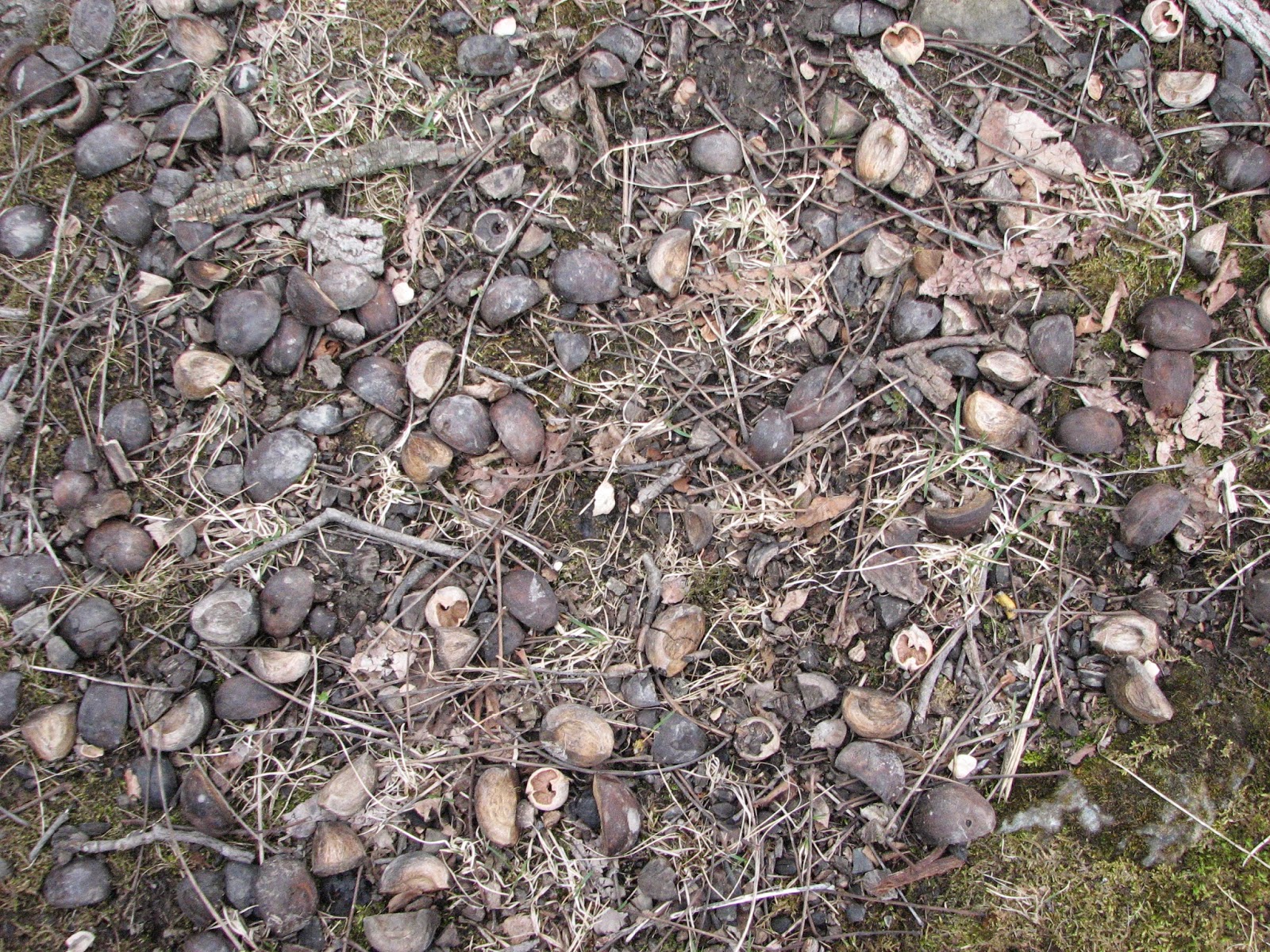
















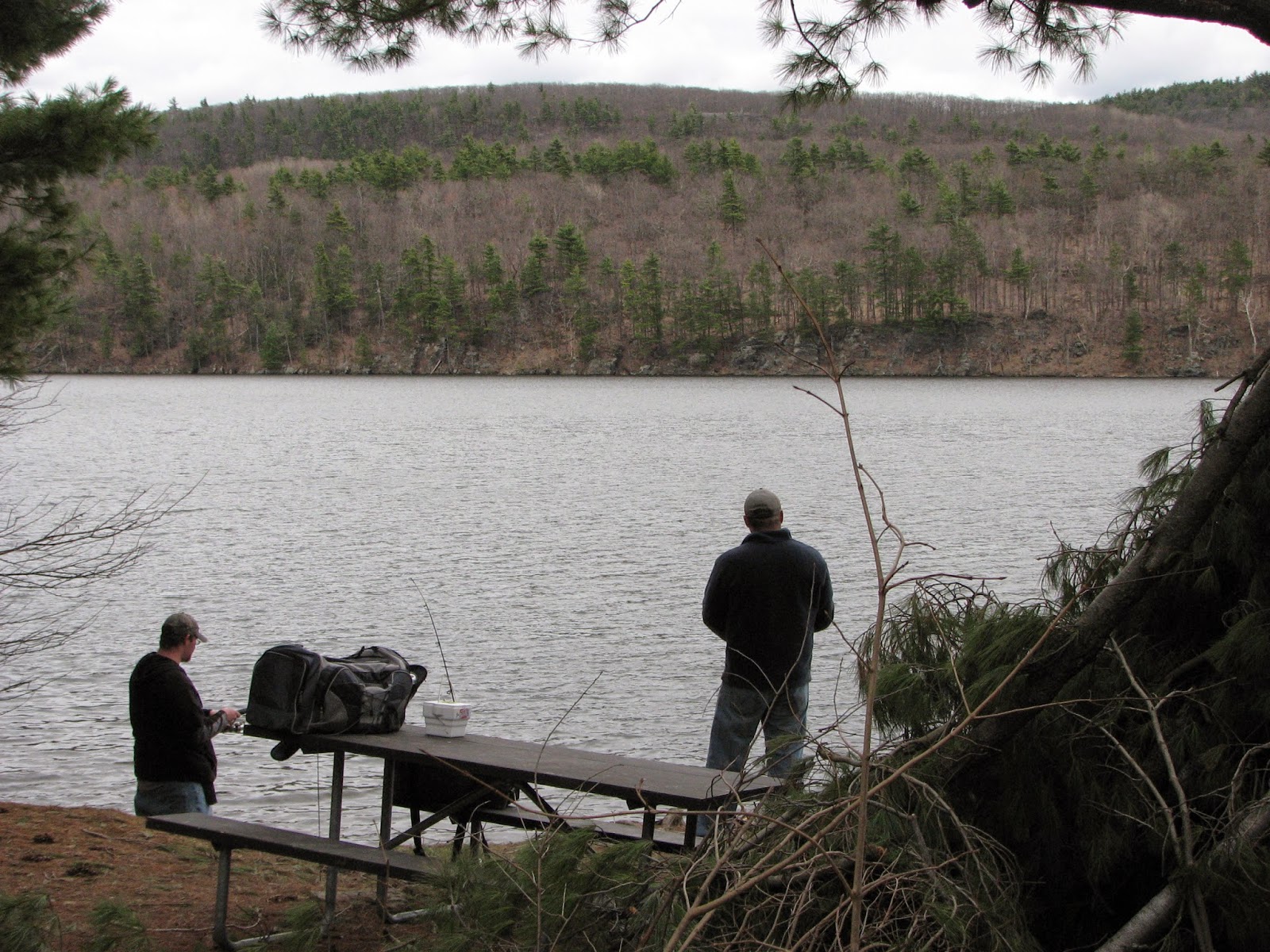







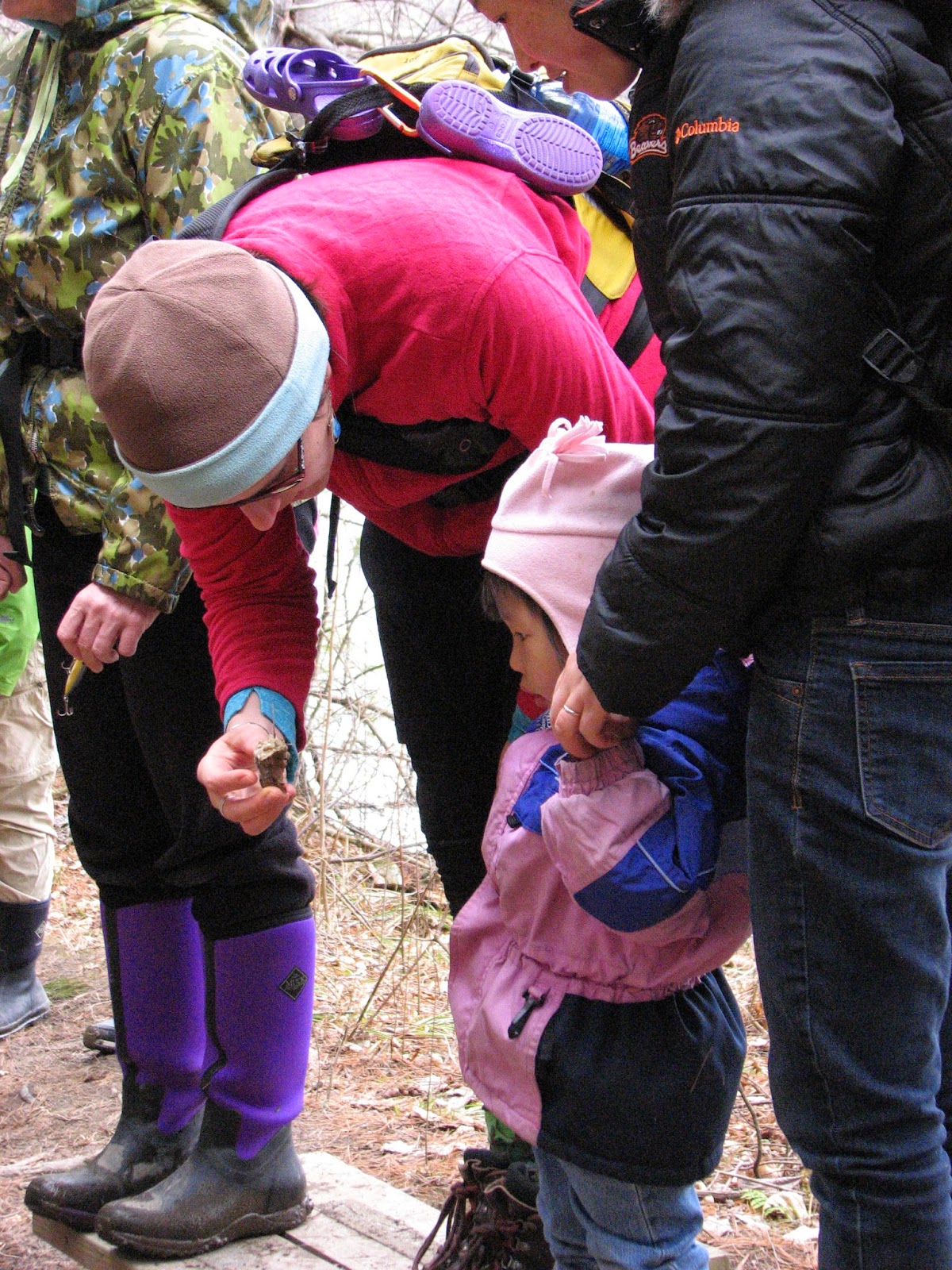













































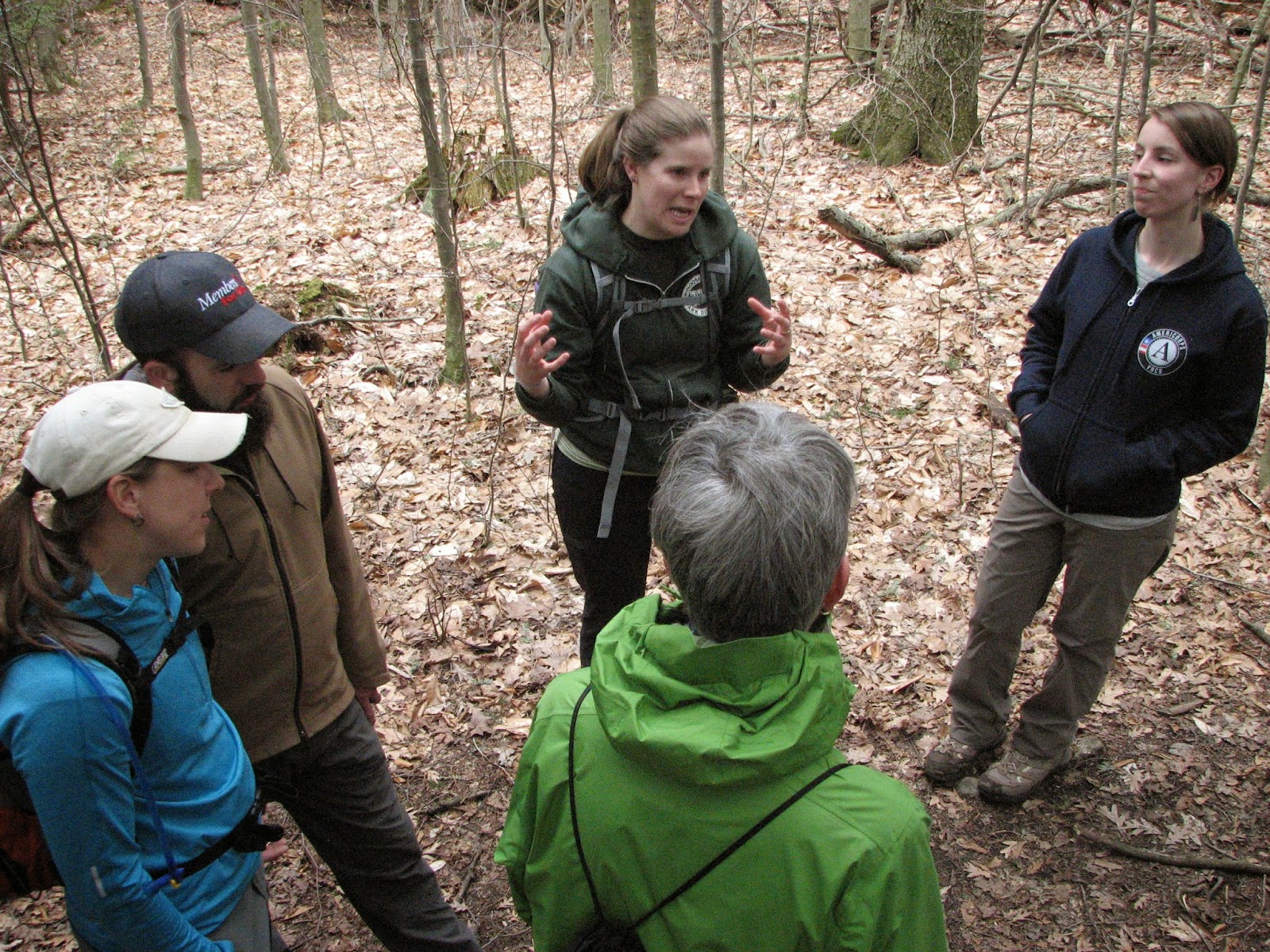





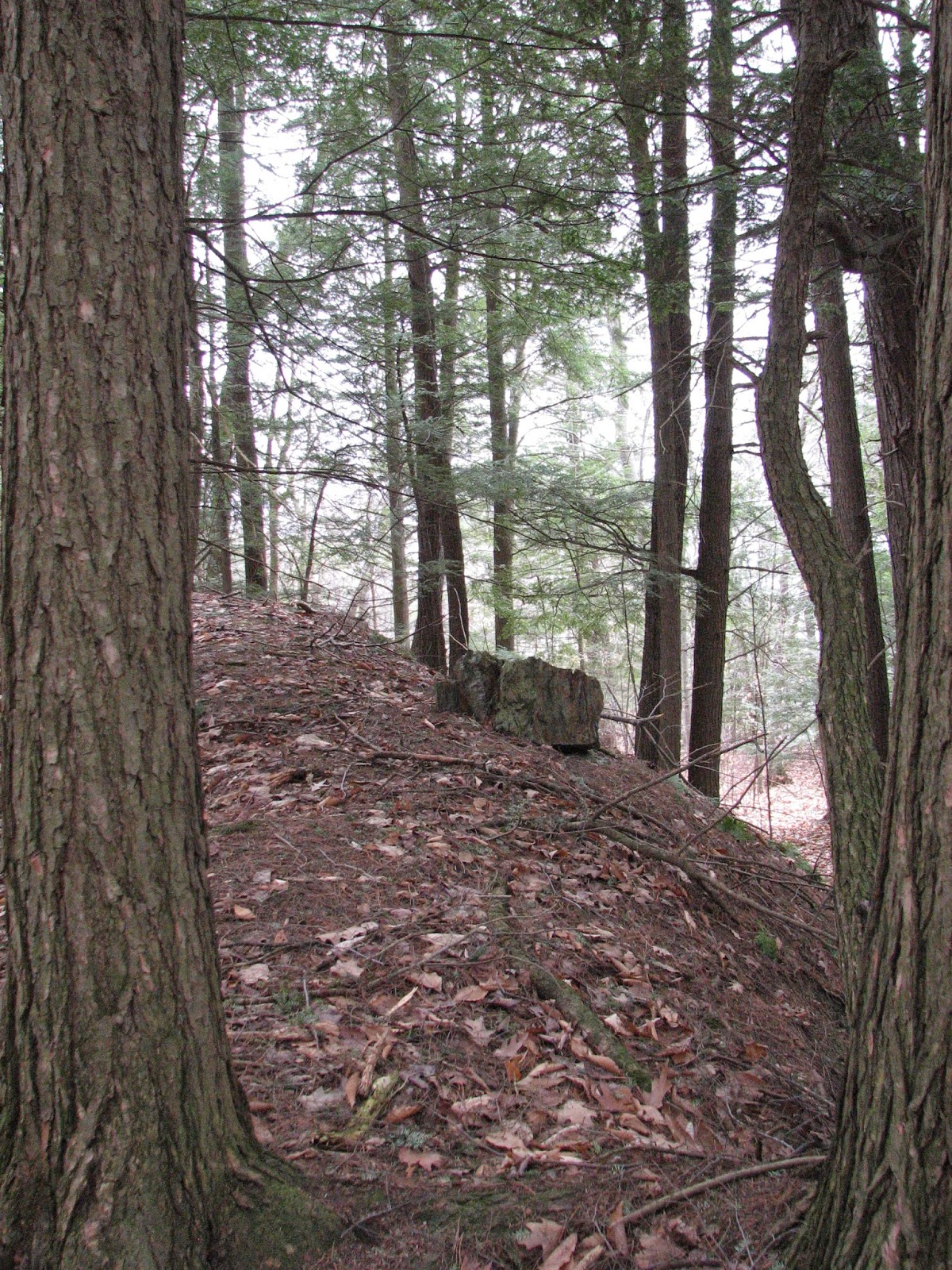


















































No comments:
Post a Comment
COMMENTS WELCOMED